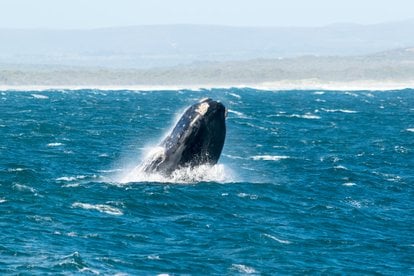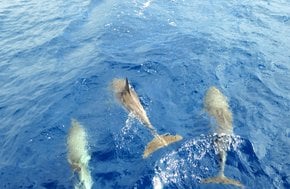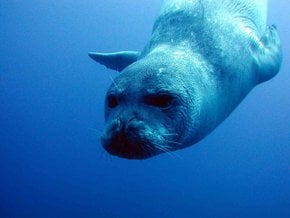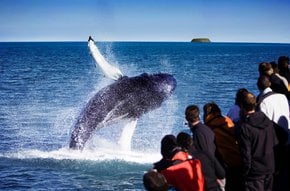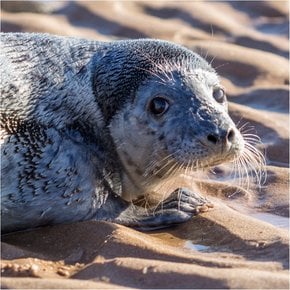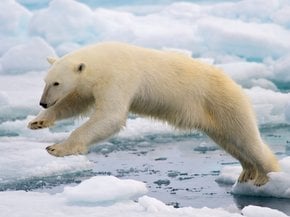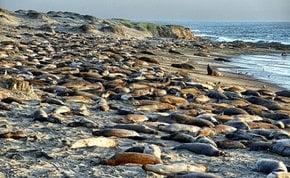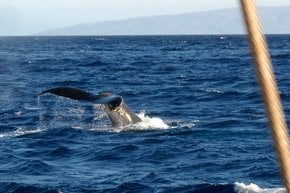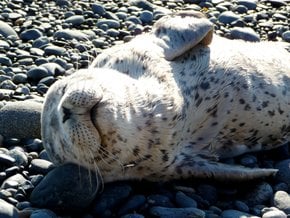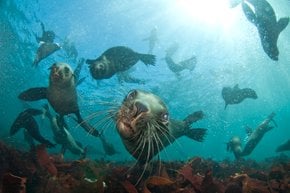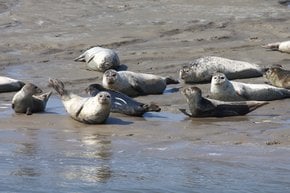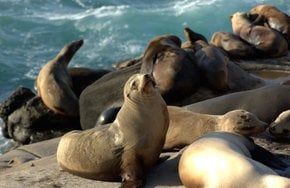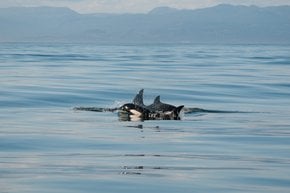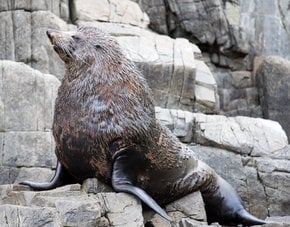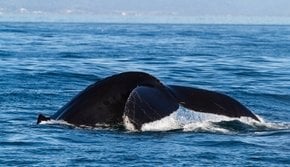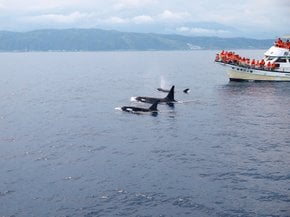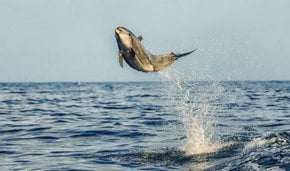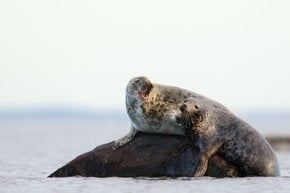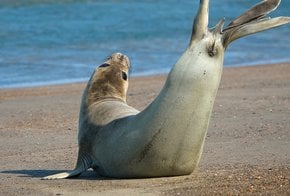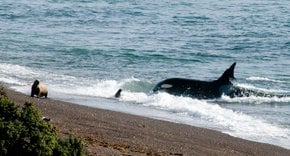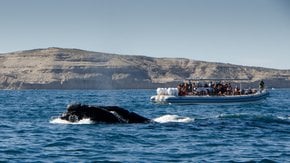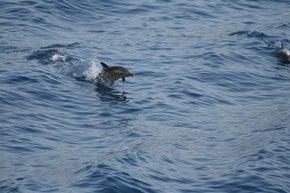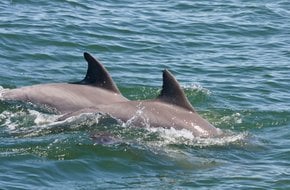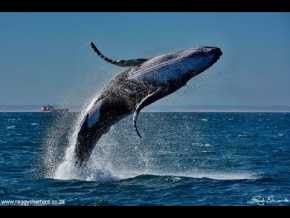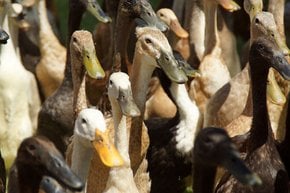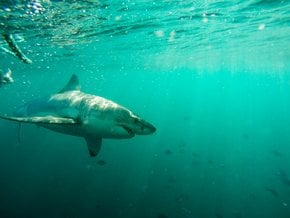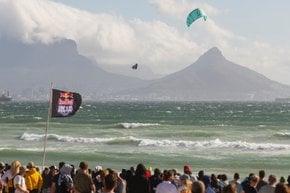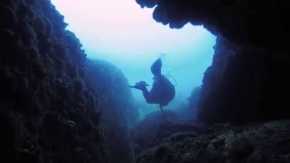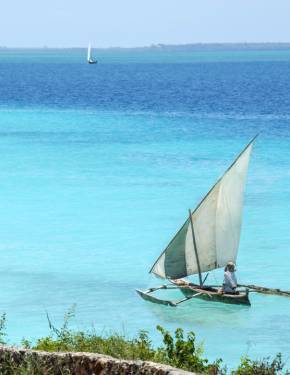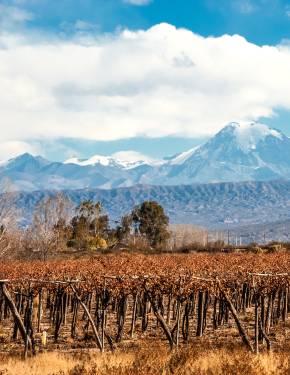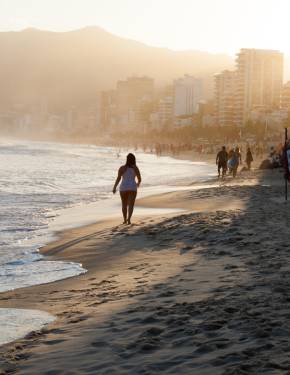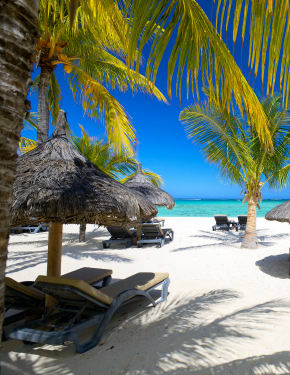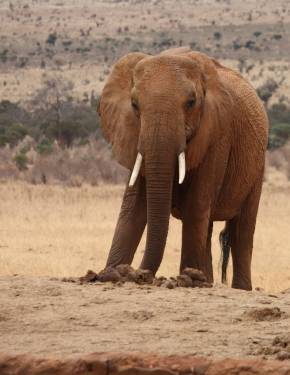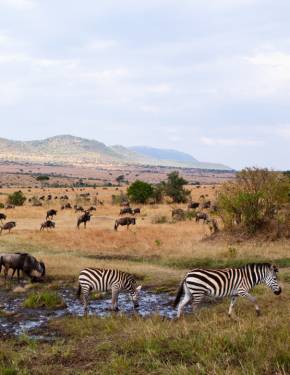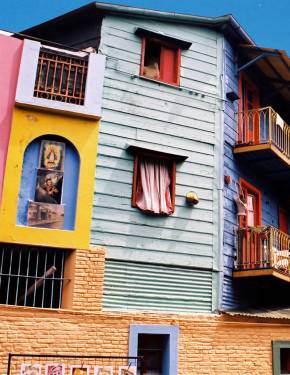Land-Based Whale Watching in Cape Town 2026
South Africa is one of the few places in the world where whales can be seen from the shore
Best time: July–November
South Africa’s Marine Big Five—whales, dolphins, seals, sharks, and penguins—are best seen along Cape Town and the Garden Route, where visitors can spot southern right, humpback, and Bryde’s whales, Cape fur seals, African penguins, and even great white sharks. The region hosts at least 37 whale and dolphin species, offering rare opportunities for up-close encounters with diverse marine life.
Whale-Watching Season
The prime whale-watching season is July to November, when many species migrate closer to shore for calving, though sightings depend on weather and migration patterns. Cape Town is a reliable viewing spot year-round.
Top Viewing Places
Cape Town offers excellent whale-watching opportunities, with nearby hotspots like False Bay, Hermanus, and Cape Agulhas along the southern coast. False Bay is the closest to Cape Town, with prime viewing from elevated spots like Cape Point, Boyes Drive, and Clarence Drive. Hermanus, renowned for whale sightings, hosts the annual Whale Festival in late September. Farther east, the Garden Route includes Mossel Bay, Knysna, and Plettenberg Bay, where southern right, humpback, and Bryde’s whales can be observed from both land and boat tours.
Hermanus
Hermanus, rated by the World Wildlife Fund as a top global whale-watching destination, offers prime land-based viewing due to whales often approaching close to shore. Viewing spots like the Old Harbour and Gearings Point offer great perspectives, and a unique "Whale Crier" alerts visitors to sightings of a kelp horn. Every late September, Hermanus hosts an annual Whale Festival to celebrate these incredible creatures, coinciding with peak whale-watching season along the Garden Route, with other locations like Mossel Bay, Knysna, and Plettenberg Bay also popular for sightings.
Whale Festival
The annual Whale Festival in Hermanus, held in late September, aligns with the peak whale-watching season and is a four-day celebration featuring live music, street parades, exhibitions, and educational activities. The festival not only entertains but also emphasizes marine conservation, raising awareness about protecting whale populations and other sea life.
Whale-Watching Tours
In Cape Town, whale-watching tours typically range from $40 to $100 per person, with durations between 1.5 to 3 hours. These tours generally take place in Hermanus, False Bay, and other coastal areas. Some tours include additional perks like onboard guides and refreshments. Private or extended tours may be available at a higher price. Booking ahead is recommended during peak season.
Other Marine Animals
Visitors going for whale watching in Cape Town might also catch a glimpse of Cape fur seals, African penguins, and great white sharks. Cape fur seals are frequently spotted lounging in the kelp beds along the coast; African penguins are seen waddling on Boulders Beach, while white sharks can be seen breaching if one is lucky enough.
Whale-Watching Tips
Clear weather and calm seas offer the best conditions for spotting whales, as visibility improves and whales are easier to locate in smooth water. Morning tours often enjoy these calmer conditions, making them ideal for viewing. If prone to seasickness, choosing a larger, more stable boat is recommended. Seating near the bow can improve visibility, but smaller boats, like Zodiacs, may not be suitable for young children or pregnant women due to their limited stability.
What to Wear
Even on hot days, ocean temperatures can be significantly cooler, so it’s wise to bring a windbreaker or at least a sweater. Opt for long pants and closed-toed shoes with non-slip rubber soles for better comfort and safety. Additionally, protect yourself from harmful UV rays by wearing sunscreen, a sunhat, and sunglasses during your sea adventure.
Photography Tips
Taking a great whale photo requires patience and quick reflexes. Watch for signs like diving birds, which often signal feeding whales. Focus on areas with bird activity, as the whale may surface suddenly. For shots of breaching or tail flukes, look for a whale arching its back—this usually means it's about to dive. Breaching is harder to predict, but if it happens once, it might happen again. Use a wide-angle lens for ocean scenery and a shorter lens for action shots, as it's easier to track the whale.

